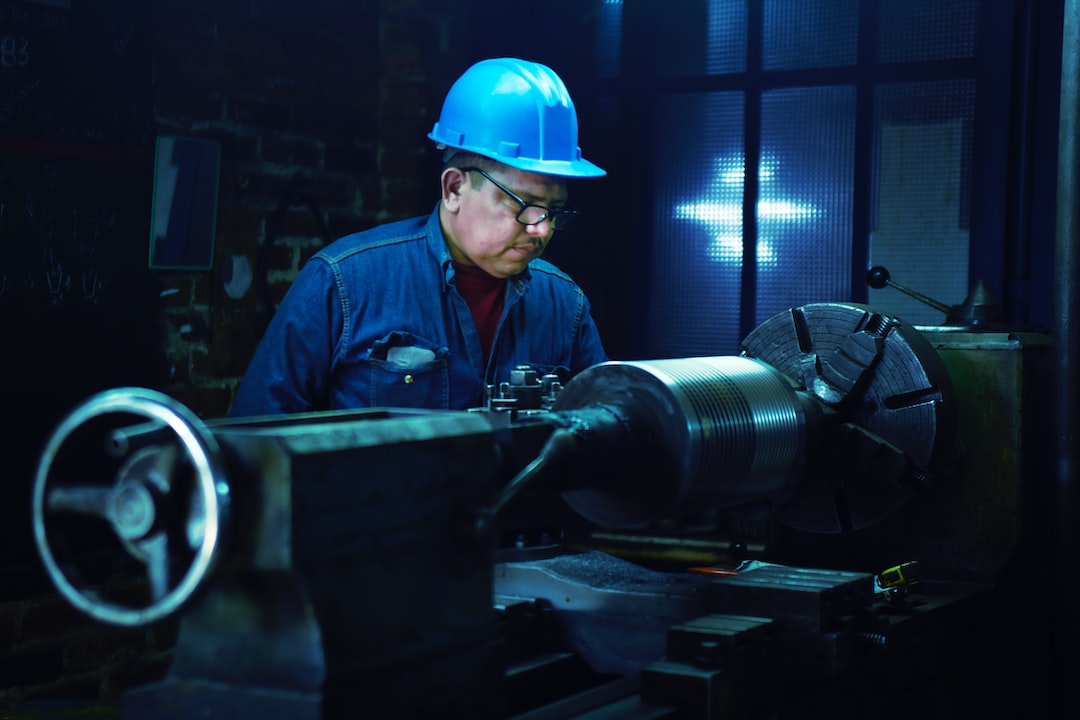Exploring 3D Printing Technologies in Manufacturing
In recent years, 3D printing has emerged as a groundbreaking technology that has revolutionized various industries. Manufacturing, in particular, has been greatly impacted by the advent of 3D printing technologies. From prototyping to production, the use of 3D printing in manufacturing has transformed traditional manufacturing processes, enabling greater efficiency, cost-effectiveness, and design flexibility. In this blog post, we will delve into the world of 3D printing technologies in manufacturing and explore their remarkable capabilities.
One of the key advantages of 3D printing in manufacturing is its ability to create complex geometries with ease. Traditional manufacturing techniques often face limitations when it comes to producing intricate designs, resulting in higher production costs and longer lead times. With 3D printing, these limitations are overcome since the technology allows for the layer-by-layer construction of objects. This capability opens up a world of possibilities, enabling manufacturers to create innovative and highly customized products that were previously unattainable.
Among the most popular 3D printing technologies used in manufacturing is Fused Deposition Modeling (FDM). FDM involves the extrusion of melted thermoplastic materials, such as ABS or PLA, through a nozzle, creating layer upon layer until the desired object is formed. FDM is known for its high accuracy, durability, and strong mechanical properties, making it suitable for a wide range of applications, from aerospace to automotive industries. Additionally, FDM is cost-effective, making it an attractive option for small-scale production runs.
Another widely used 3D printing technology in manufacturing is Selective Laser Sintering (SLS). SLS employs a high-powered laser to selectively fuse powdered materials, typically nylon or polyamide, to create solid objects. Unlike FDM, SLS does not require support structures, allowing for more complex and intricate designs. This technology is particularly valuable for functional prototypes, end-use parts, and the production of small batches of customized products. The ability to print with various materials, including those with heat and chemical resistance, further enhances the versatility of SLS in manufacturing.
Furthermore, Stereolithography (SLA) is a 3D printing technology that utilizes photopolymerization to create objects layer by layer. SLA involves the use of a liquid resin that is cured by a UV laser. This technology offers incredibly high resolution, enabling the production of detailed and smooth surfaces. SLA is commonly used in industries requiring precision and accuracy, such as jewelry, dentistry, and medical device manufacturing. It allows for the creation of intricate molds, custom dental prosthetics, and other highly precise objects.
Apart from these well-established 3D printing technologies, there are continuous advancements being made in the field. For instance, Carbon’s Digital Light Synthesis (DLS) technology has gained attention for its ability to produce end-use parts that rival injection molding in terms of mechanical properties and surface finish. By harnessing digital light projection, oxygen-permeable optics, and UV curable materials, Carbon’s DLS technology has increased the speed and efficiency of the 3D printing process, opening new doors for industrial production.
In conclusion, 3D printing technologies have revolutionized manufacturing by offering efficiency, cost-effectiveness, and design flexibility. FDM, SLS, and SLA are just some of the 3D printing technologies commonly used in manufacturing. Each technology brings its own set of advantages and capabilities, allowing manufacturers to create complex geometries, produce functional prototypes, and even manufacture end-use parts. As continuous advancements are made in the field, the possibilities of 3D printing in manufacturing will only continue to expand, offering incredible opportunities for innovation and growth in the industry.

